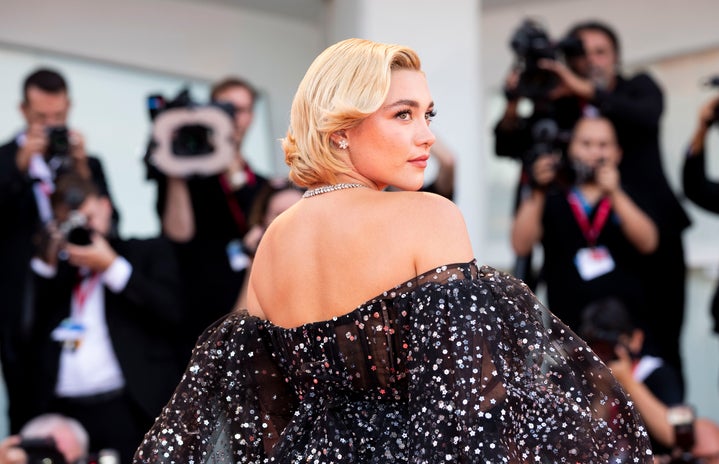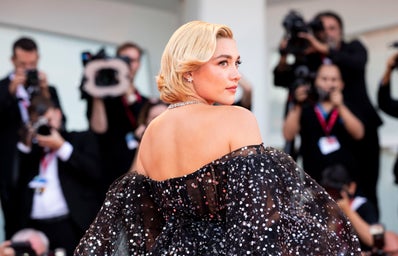So, Florence Pugh has a new movie out, and it’s streaming on Netflix. Desperately in need of a Pugh palate cleanser after Don’t Worry Darling, I only read one viral tweet about The Wonder before I was on a mission to convince my roommates to sit through two hours of Florence Pugh as a Victorian-era nurse.
Unfortunately, my apartment’s low-resolution TV definitely didn’t do The Wonder justice. The entire film was almost frustratingly beautiful. Shots that went viral on Twitter were even more impressive given the context of the story — from transitions that dissolved seamlessly into one another, to fantastic panoramic shots of rolling fields that looked like oil paintings. My favorite stylistic element was the lighting, which in many scenes utilized the warmth of Victorian-era candles and natural sunlight through shaded windows to illuminate characters and cast deep shadows.
I felt confused and unsettled through most of the film, which is a winning combination for a psychological thriller.
I barely needed to be conscious to absorb the visual beauty of The Wonder, but I was fighting for my life trying to analyze its themes. At surface level, I could almost follow what was going on. Florence Pugh stars as Lib Wright, an English nurse who travels to rural Ireland to watch over an eleven-year-old girl, Anna O’Donnell, who claims she has not eaten in the four months since her First Holy Communion. The majority of the plot follows Wright as she questions the moral dilemma of rescuing Anna from the devoutly religious adults who praise her starvation as a religious miracle. Florence gives another classic Pugh performance as she is gaslit by a room of men (shoutout to Don’t Worry Darling) and has an emotional breakdown while running through a glorious field (have you seen Midsommar?). I was working so hard just following the dialogue and plot that I had no brain power left to analyze anything deeper — and I could tell that The Wonder had more to say than what was offered in the plot.
Some of my confusion was definitely intentional because The Wonder is both a psychological thriller and a mystery. The central mystery of the film is obvious: how has Anna O’Donnell survived four months without food? While watching nurse Wright investigate this, I became even more interested in the mystery of Wright’s past. We are told in the beginning that she is an English nurse who treated soldiers during the Crimean War. Besides this, she’s a blank slate whose thoughts and motivations we rarely get a glimpse of. Not understanding her intentions was especially jarring during scenes of her disturbing nightly ritual: pricking her finger, sucking the blood away and taking a drug that forces her into an unsettling, open-eyed sleep. On top of this, the score of the whole movie was so haunting that I constantly expected a monster to jump out of the corner of every dimly-lit shot. I felt confused and unsettled through most of the film, which is a winning combination for a psychological thriller.
After almost two hours, I emerged from the movie feeling like I’d just time-traveled back from 1862. The Wonder’s beautiful set and fantastic lead performances were immersive — yet the darker elements of the plot and hints toward deeper themes left me with more questions than answers. I definitely need to watch this a second time to appreciate its full message.




